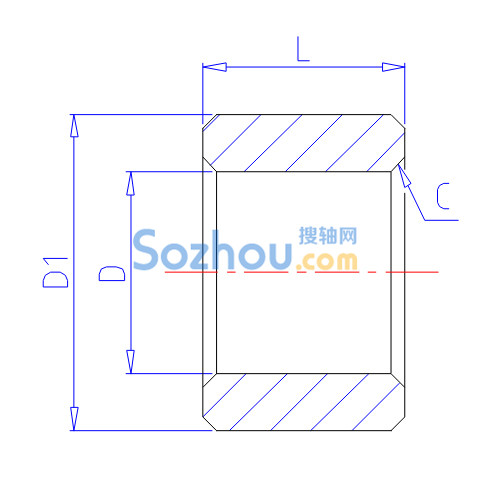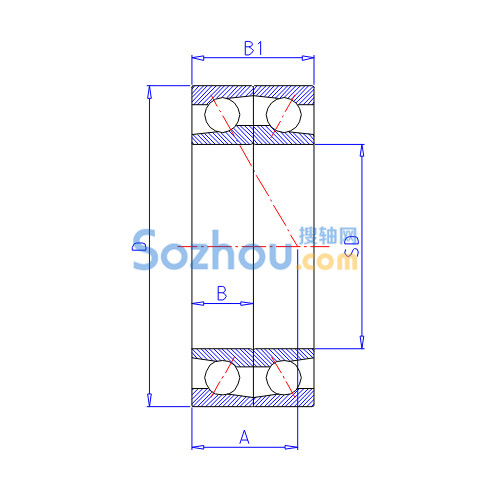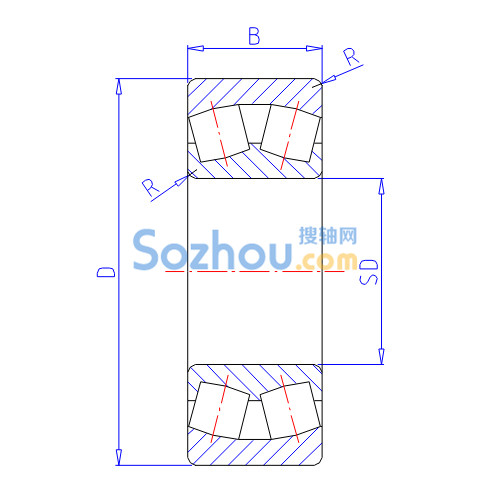Linear guide sliders are critical precision motion components whose malfunctions directly impact equipment accuracy and stability. Below are common fault diagnoses and solutions:
Abnormal Noise & Vibration
If the slider produces noise or vibration during operation, first inspect lubrication conditions. Insufficient lubrication causes dry friction between balls and rails, requiring timely replenishment of specified grease. Next, check for foreign particles inside the slider by cleaning the rolling tracks. Additionally, verify installation surface flatness—deformed bases cause uneven force distribution and require reconditioning.
Movement Jamming
For sluggish motion, examine rail surfaces for scratches or indentations. Minor damage can be repaired with fine sandpaper, while severe cases necessitate rail replacement. Also, assess preload force; excessive preload increases resistance and can be adjusted via end cap screws. If repeat positioning accuracy declines, inspect internal ball wear or loss, and replace the slider assembly if needed.
Overheating Issues
If the slider temperature rises abnormally (>15°C), potential causes include poor lubrication or excessive load. Verify lubricant coverage and system functionality. For normal loads, check for excessive rail-slider clearance—insufficient clearance increases friction and heat, which can be corrected by adjusting the gap.
Precision Loss
For reduced positioning accuracy, use a dial indicator to measure straightness. Deviations exceeding tolerance may stem from misaligned rails or worn internal components. Realign rails or replace damaged parts. Also, inspect external linkages for looseness to ensure stable load transfer.





